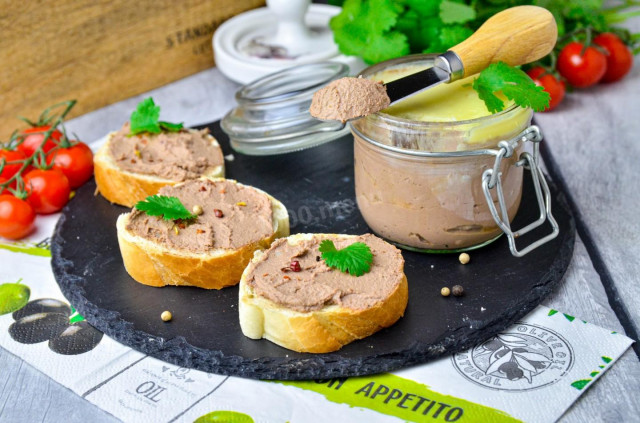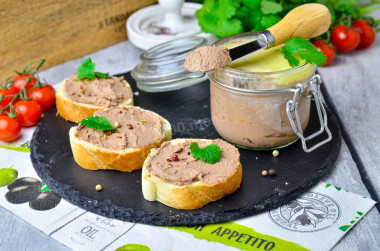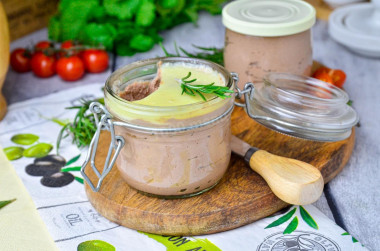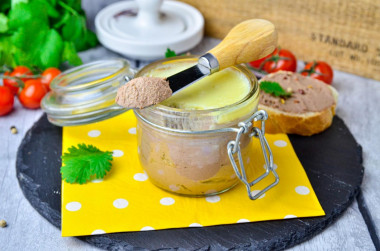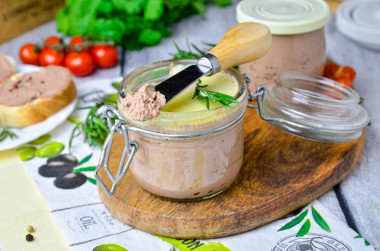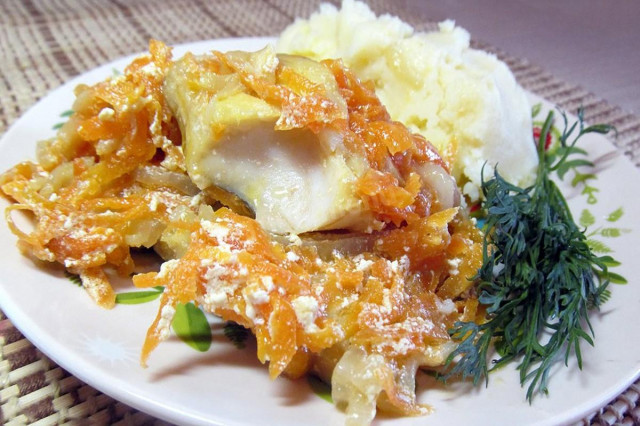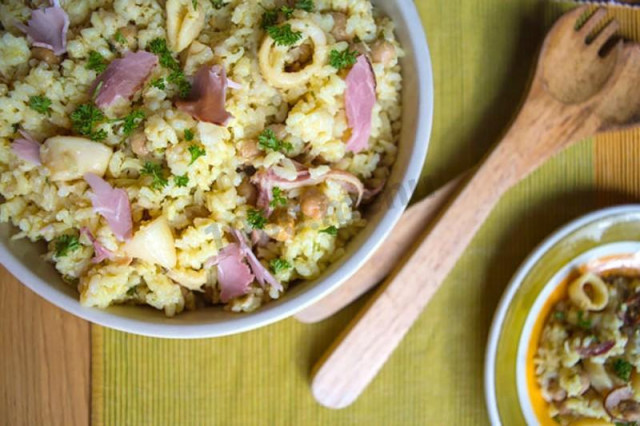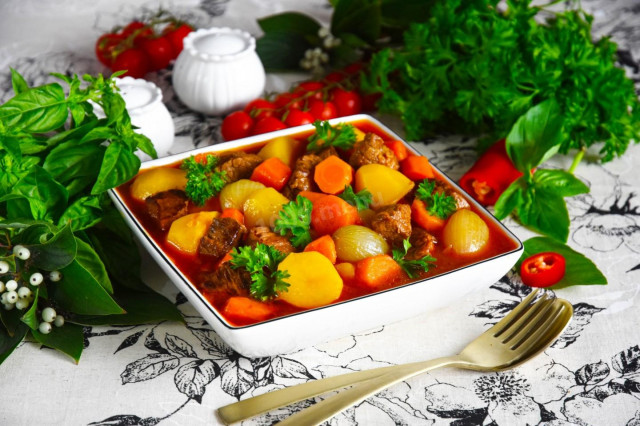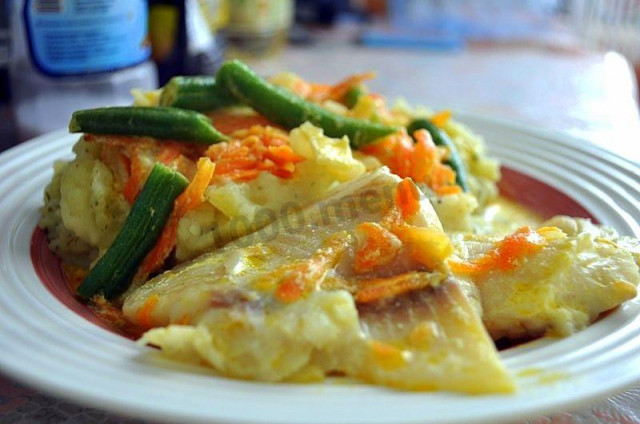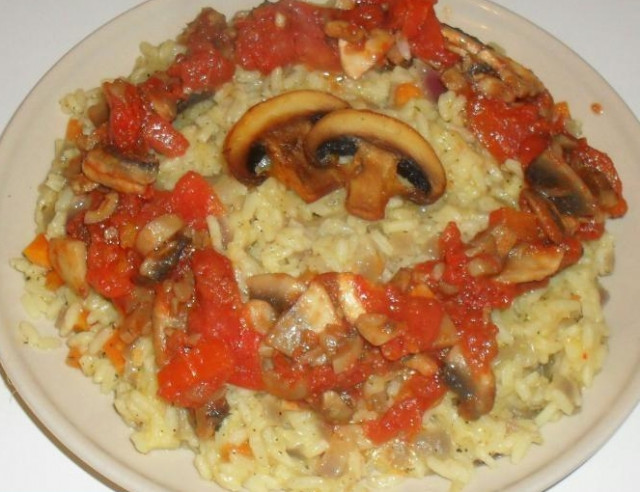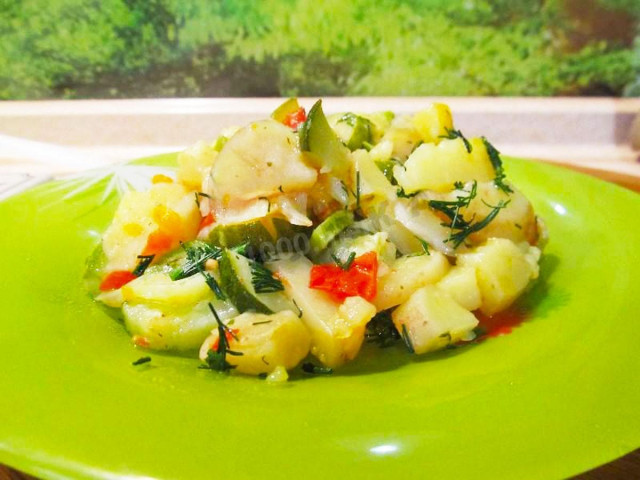Composition / ingredients
Step-by-step cooking
Step 1:
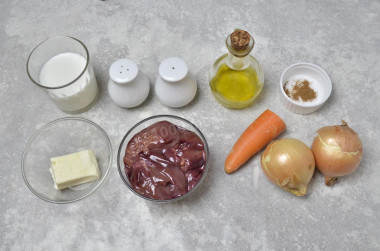
How to make chicken liver pate with cream? Prepare the products. It is better to take a fresh liver, if it is frozen, then defrost it beforehand. The most delicate way to do this is to transfer it from the freezer to the bottom shelf of the refrigerator. Choose the fat content of cream according to your taste, given that the calorie content of the dish will also change from this. I took 10%. Take natural, high-quality butter, without vegetable additives.
Step 2:
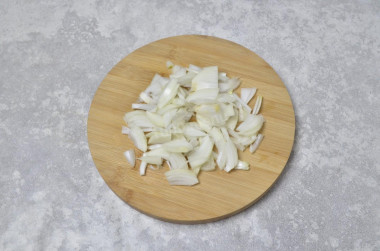
Wash and peel the onion. Cut the onions into quarters of rings. It is better to take more onions in this recipe — it will give the taste of a fairly neutral chicken liver. But if you don't like onions, take only one onion.
Step 3:
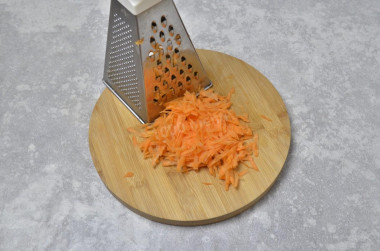
But it's better to take a smaller carrot, a half, since the pate does not need excessive sweetness. Wash and peel the carrots. Grate it on a coarse grater.
Step 4:
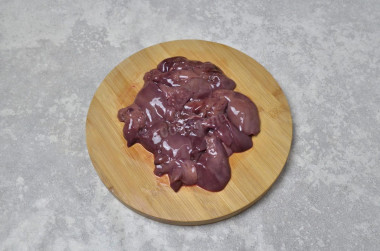
Cut the liver into medium pieces, while removing excess fat and bile residues — it is better to be especially careful with it, since bile will give the dish a bitter taste. I usually do not wash the chicken liver, as I am sure of the manufacturer. You can rinse it under running water and then dry it well with paper towels.
Step 5:
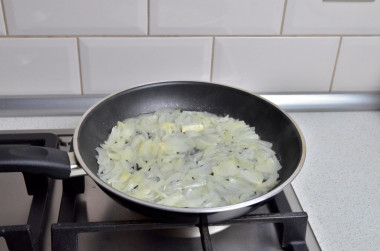
Preheat a frying pan over medium heat. Pour vegetable oil on it and put 20 grams of butter on it — the mixture of oils will not burn when frying, since it has different gorenje temperatures. Lay out the onion. Fry it, stirring, until transparent, about 5 minutes.
Step 6:
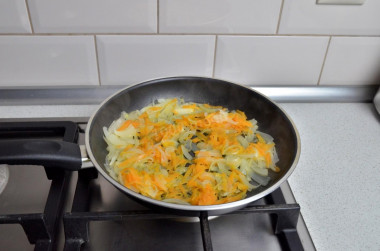
Put the carrots next. Turn down the heat, cover the pan with a lid and simmer the vegetables for another 5 minutes — it's better if they are almost ready, so the pate will turn out more tender.
Step 7:
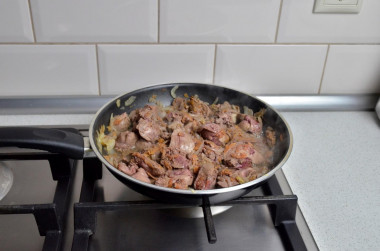
Then put the liver in the pan. Make the fire medium again and fry the liver, stirring, until the color changes, about 5 minutes. Liver is a very delicate product, the less it is fried, the more tender the dish will turn out.
Step 8:
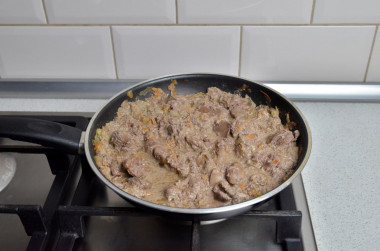
Pour cream into the pan, add salt, pepper and nutmeg — it is especially good in combination with liver. Stir, turn down the heat, cover the pan with a lid and put out everything together for 8-10 minutes. Then turn off the heat and cool the dish a little.
Step 9:
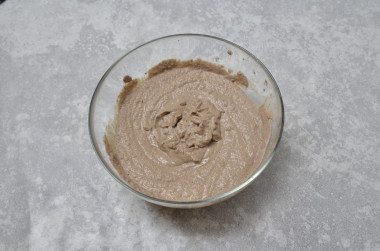
Put the liver together with the sauce in a suitable bowl and punch with an immersion blender until smooth. This can also be done in a stationary blender, and in a chopper. When whipping, you can add the remaining 30 grams of butter to the pate. Try the pate, add salt and spices to taste, if they are not enough.
Step 10:
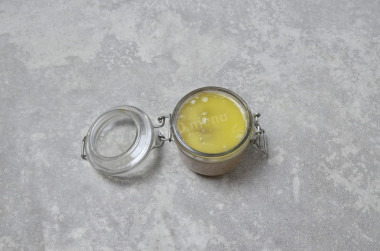
I decided to pour it over the ready-made pate. Transfer the pate into small jars. Melt the butter in any convenient way and pour a little directly on top of the pate. This will extend the shelf life of the pate. Put the finished pate in the refrigerator — it will become thicker and will be better spread on bread.
Step 11:
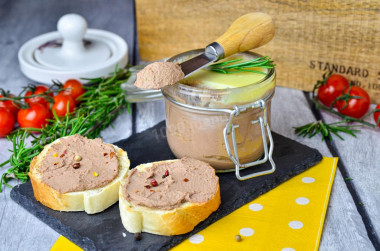
Serve the pate with slices of bread toasted in a frying pan. Or stuff them with profiteroles and tartlets. Bon appetit!
Secrets, life hacks and all the most useful tips read in the article: "Cream and sour cream in cream sauce: what should I do so that they don't curl up?"
Butter can be melted in the microwave or in a water bath.
How to melt butter in the microwave?
Cut the butter into small pieces and place it in a special container. To prevent the oil from splashing when heated, cover the oil vessel with a paper towel. The oil should be melted either at the lowest power or in defrosting mode. At first, five seconds will be enough. Next, if the butter has not melted yet, set it again for 5 seconds and start the microwave. Repeat the process several times until the desired result.
How to melt butter in a water bath?
You will need two containers of different diameters. Pour water into a large one and put it on the stove. Place the smaller container on top so that it is submerged in water by about half. Put the sliced butter into it. Under the influence of boiling water, the oil will begin to melt. Stir the oil slightly to speed up the process. As soon as the pieces of oil are completely dissolved, remove the container from the stove.
Any oils are useful only until a certain temperature is reached - the point of smoking, at which the oil begins to burn and toxic substances, including carcinogens, are formed in it. How to determine the roasting temperature and choose the best oil for frying, and which one is better not to use at all, read here .
Caloric content of the products possible in the composition of the dish
- Buttermilk - 36 kcal/100g
- Cream of 20% fat content - 300 kcal/100g
- Cream of 10% fat content - 120 kcal/100g
- Cream - 300 kcal/100g
- Carrots - 33 kcal/100g
- Dried carrots - 275 kcal/100g
- Boiled carrots - 25 kcal/100g
- Ground black pepper - 255 kcal/100g
- Butter 82% - 734 kcal/100g
- Amateur unsalted butter - 709 kcal/100g
- Unsalted peasant butter - 661 kcal/100g
- Peasant salted butter - 652 kcal/100g
- Melted butter - 869 kcal/100g
- Vegetable oil - 873 kcal/100g
- Salt - 0 kcal/100g
- Onion - 41 kcal/100g
- Chicken liver - 140 kcal/100g
- Nutmeg - 556 kcal/100g

